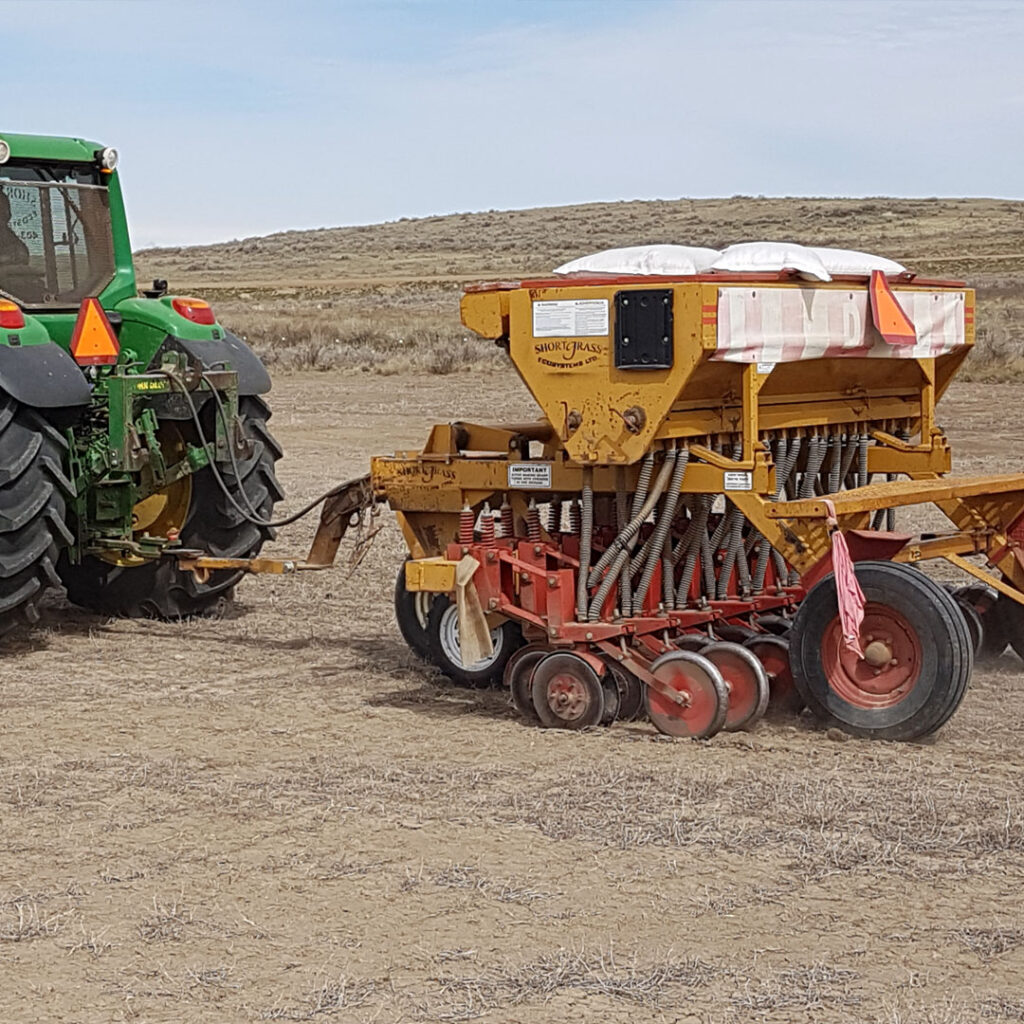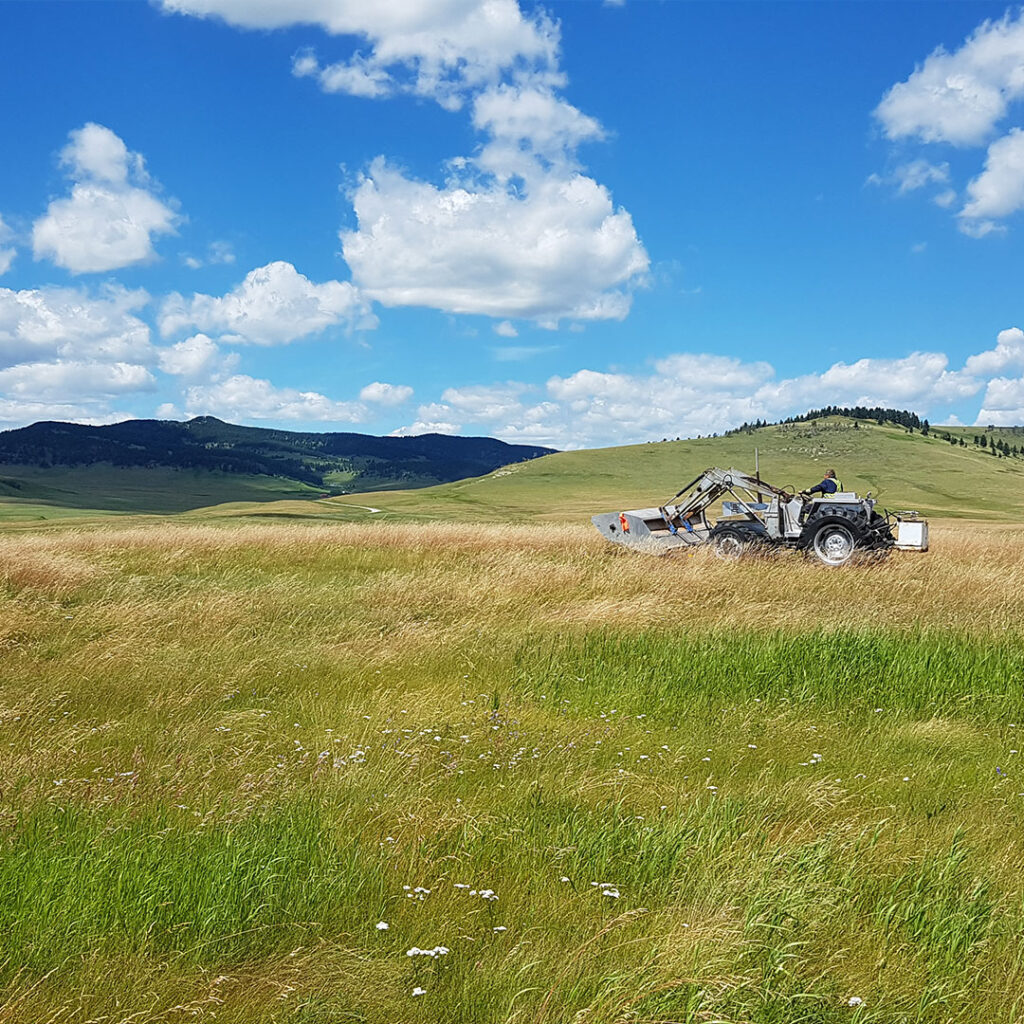Why Does This Matter?
There is a lack of suitable high quality, regionally adapted native seeds to restore existing and planned industrial disturbances and restoration projects in southern Alberta Barriers include access to land, funding and unpredictable markets, as well as a lack of communication, education, and knowledge sharing.
What We are Doing Currently
- Hosting workshops to collaborate with partners.
- Forming committees to guide the development of key actions within the draft strategic plan.
- Identifying solutions to common barriers to effective seed production and wild harvest.
The Path Forward
- Developing a business plan for SANSC
- Conducting a needs and market analysis
- Developing avenues for information sharing within the industry




